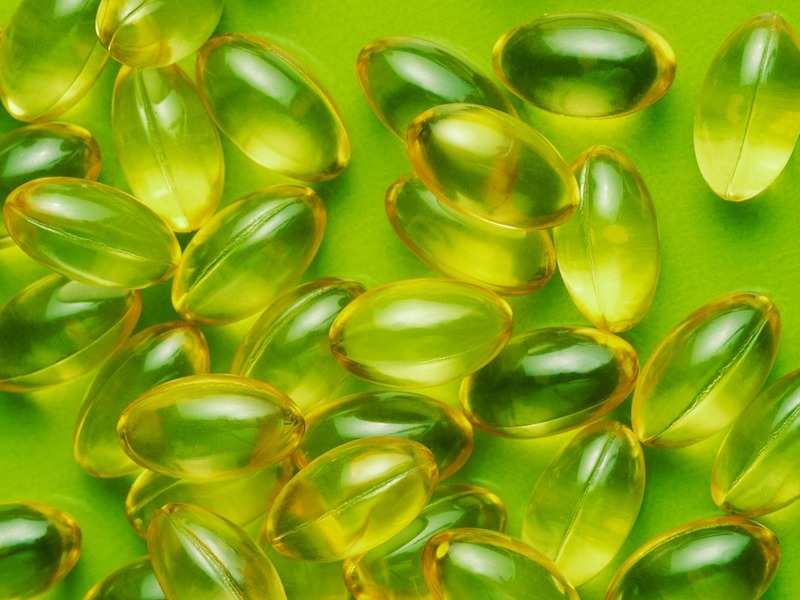Abstract
Previous studies have shown that increased cross-link density, reduced free radicals, and increased antioxidant grafting resulting from electron-beam irradiation at elevated temperatures improved the wear performance and the oxidative stability of vitamin E blended UHMWPE. The current study explores the impact of elevated irradiation temperature on vitamin E blended UHMWPE using X-ray. We hypothesize that the effects of temperature would be similar to those observed after electron-beam irradiation due to the relatively high dose rate of X-rays. Two X-ray doses of 80 and 100 kGy and two irradiation temperatures, that is, room temperature and 100°C were considered. The reference was Vitelene®, a vitamin E stabilized polyethylene cross-linked with 80 kGy by e-beam at 100°C. Oxidation index and oxidation induction time, as well as cross-link density, gel fraction, and trans-vinylene index, were determined, as the oxidative and network properties are decisive for the long-term implant performance. Gel fraction and oxidation induction time were significantly improved subsequently to warm irradiation in comparison with the material irradiated at room temperature. In conclusion, X-ray irradiation at elevated temperatures resulted in an increase of cross-linking and oxidative resistance of vitamin E stabilized polyethylene comparable to those of e-beam irradiated UHMWPE.



